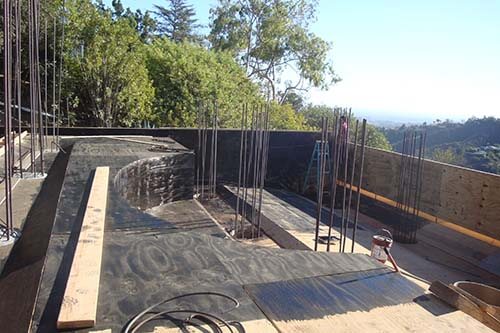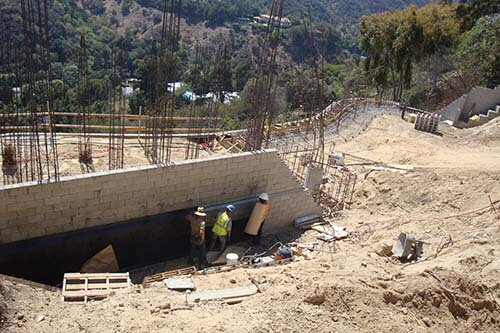From Blueprint to Reality: Understanding the Essential Aspects of Civil Engineering
Civil engineering is a field that shapes the world we live in. From towering skyscrapers to intricate road networks, civil engineers play a crucial role in turning blueprints into tangible structures. In this blog, we will explore the essential aspects of civil engineering and gain a deeper understanding of the processes and disciplines involved in bringing ambitious construction projects to life. Join us as we delve into the fascinating world of civil engineering and its vital contributions to society.
- Conceptualizing and Planning: The Foundation of Success: Before any construction project can take shape, civil engineers work meticulously to conceptualize and plan every aspect of the design. This involves conducting feasibility studies, analyzing site conditions, and considering environmental factors. Civil engineers collaborate with architects, urban planners, and other professionals to develop comprehensive plans that meet both functional and aesthetic requirements. From designing structural systems to ensuring compliance with building codes and regulations, this initial phase sets the stage for successful project execution.
- Structural Engineering: Building the Backbone: Structural engineering is at the core of civil engineering, responsible for designing safe and resilient structures. Structural engineers apply principles of physics and materials science to create efficient and durable designs. They assess load-bearing capacities, analyze the behavior of materials under different conditions, and determine the optimal structural systems to withstand forces such as gravity, wind, and earthquakes. Whether it’s bridges, buildings, or dams, structural engineers play a pivotal role in ensuring the stability and integrity of the built environment.
- Construction and Project Management: Bringing Plans to Life: Once the plans are in place, civil engineers oversee the construction phase, turning blueprints into reality. They coordinate with contractors, manage timelines, and monitor the progress of the project. Construction management involves various tasks, including cost estimation, procurement of materials, quality control, and adherence to safety standards. Civil engineers serve as the project’s leaders, ensuring that the construction proceeds smoothly, addressing any challenges that arise, and maintaining effective communication among stakeholders.
- Infrastructure Development: Building Sustainable Communities: Civil engineering extends beyond individual structures to encompass the development of infrastructure that serves communities. This includes designing transportation networks, water supply systems, wastewater treatment plants, and more. Civil engineers strive to create sustainable and resilient infrastructure that meets the needs of the present while considering future growth and environmental impact. They embrace innovative solutions such as green infrastructure, renewable energy integration, and smart technologies to enhance efficiency and sustainability.
- Environmental Considerations: Balancing Progress and Preservation: In today’s world, civil engineering must also address environmental considerations. Civil engineers work towards minimizing the environmental impact of construction projects, implementing sustainable practices, and promoting the use of eco-friendly materials. They assess and mitigate potential environmental risks, ensuring compliance with environmental regulations. From implementing stormwater management systems to designing green buildings, civil engineers actively contribute to preserving and protecting our natural resources.
Conclusion: Civil engineering is a multidisciplinary field that encompasses planning, design, construction, and management of infrastructure projects. From conceptualizing and planning to overseeing construction and considering environmental factors, civil engineers bring blueprints to life. Their expertise is vital in creating safe, efficient, and sustainable structures that shape our cities and improve the quality of life for communities. Understanding the essential aspects of civil engineering gives us a deeper appreciation for the profession and its significant impact on the built environment.





No comment